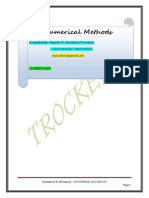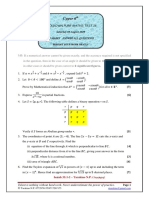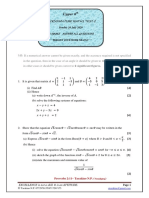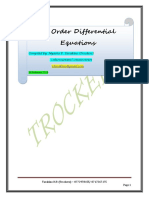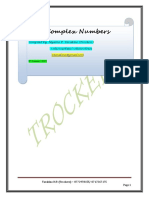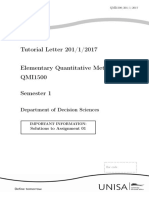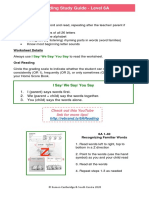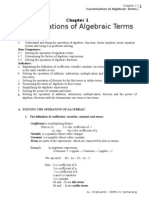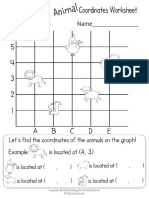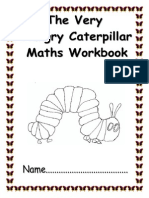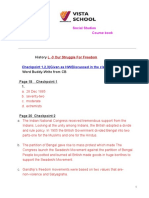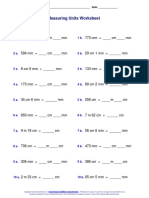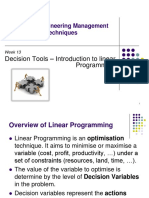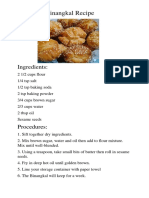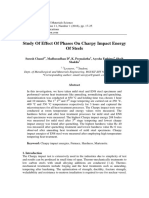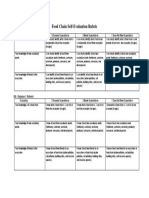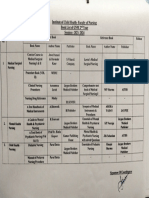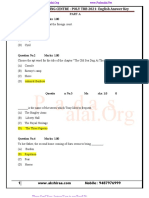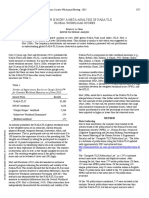0% found this document useful (0 votes)
16 views32 pagesGroups Comprehensive Notes - by Trockers
The document outlines the requirements and properties of groups in mathematics, focusing on binary operations, closure, associativity, identity, and inverse elements. It defines a group as a non-empty set with a binary operation that satisfies specific properties and discusses subgroups, including trivial, improper, and proper subgroups. Additionally, it provides examples and exercises related to these concepts, including the construction of Cayley tables.
Uploaded by
chikwiramakomoaustin66Copyright
© © All Rights Reserved
We take content rights seriously. If you suspect this is your content, claim it here.
Available Formats
Download as PDF, TXT or read online on Scribd
0% found this document useful (0 votes)
16 views32 pagesGroups Comprehensive Notes - by Trockers
The document outlines the requirements and properties of groups in mathematics, focusing on binary operations, closure, associativity, identity, and inverse elements. It defines a group as a non-empty set with a binary operation that satisfies specific properties and discusses subgroups, including trivial, improper, and proper subgroups. Additionally, it provides examples and exercises related to these concepts, including the construction of Cayley tables.
Uploaded by
chikwiramakomoaustin66Copyright
© © All Rights Reserved
We take content rights seriously. If you suspect this is your content, claim it here.
Available Formats
Download as PDF, TXT or read online on Scribd
/ 32





